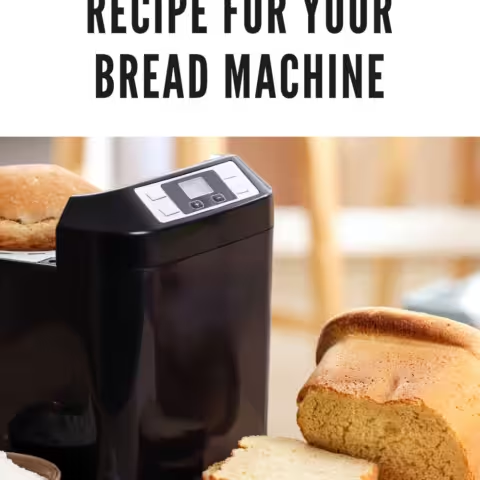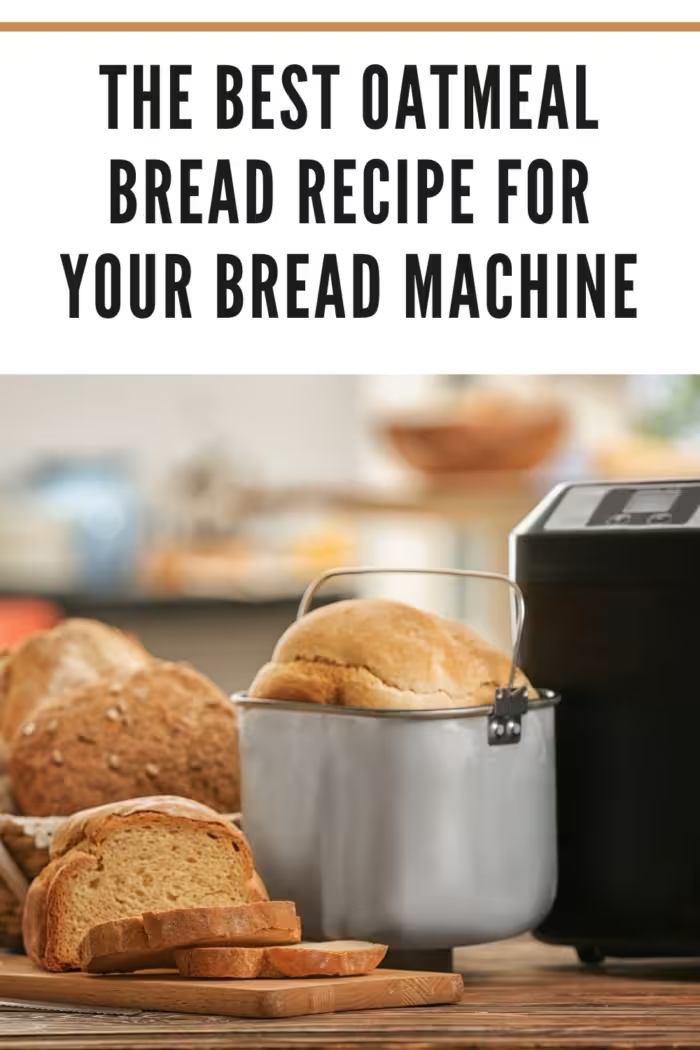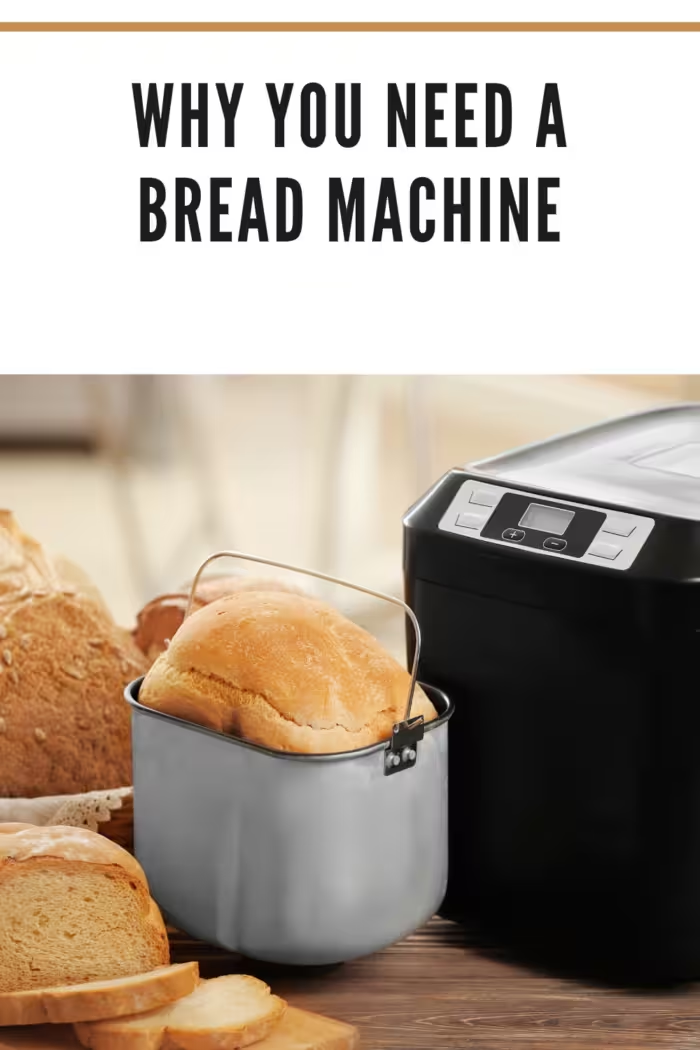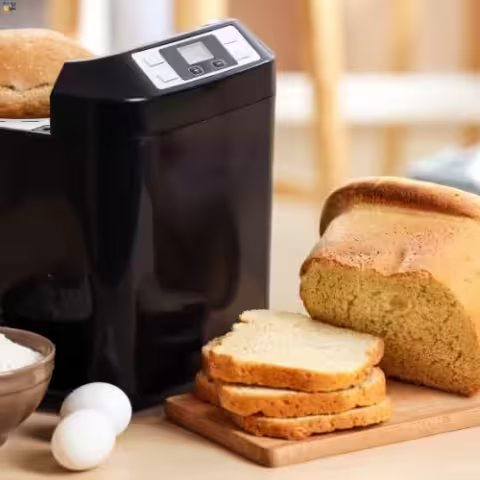Baking Bliss: Oatmeal Bread Recipe for Bread Machines
Time to Unwind: Embrace the Convenience of Automatic Bread Making
In today’s fast-paced world, who has the time to knead, rise, and bake bread the old-fashioned way? Enter the trusty bread machine, your ticket to freshly baked loaves without the fuss. But wait, does it live up to the nostalgic memories of grandma’s bread? Let’s find out.
Behind the Bread Machine Curtain: A Homemaker’s Journey
Once upon a time, I attended a homemaker’s class where the bread maker took center stage. I left, initially unimpressed, but little did I know that an oatmeal bread recipe would change my perspective forever. While I cherish the traditional bread-making methods taught by Charlotte the Great, the demands of a growing family left me yearning for more time. But fear not, for I’ve found a way to have my bread and eat it too.
History of Oatmeal Bread
Oatmeal bread has a rich history that dates back centuries. Oats were one of the first cultivated grains and were prized for their nutritional value. In the early days, oat bread was often enjoyed by the common folk, while wheat bread was reserved for the upper classes. Oatmeal bread gained popularity during times of scarcity when wheat was scarce. Today, it’s cherished for its unique flavor and hearty texture.
Pro Tips from a Bread Machine Aficionado
Here are some golden nuggets of wisdom I’ve gleaned from my bread machine adventures:
- Sugar Swaps: White sugar, brown sugar, honey, and molasses can be interchangeable in most bread machine recipes. When subbing honey or molasses for sugar, simply reduce another liquid ingredient by the same amount.
- Temperature Matters: Yeast performs its magic best when the liquid temperature hovers between 75 and 85 degrees F. Keep it in this sweet spot for perfect results.
- Flour Power: For the finest results, opt for bread flour. It’s the secret behind that impeccable bread texture.

Discovering the Oatmeal Bread
Oatmeal Bread
Preparation Time: 15 minutes
Cooking Time: Varies by bread machine
Yields: 1 loaf (1.5 pounds)
Ingredients:
- 1 package (1/4 ounce or 7 grams) active dry yeast
- 1 cup (240 milliliters) quick-cooking oats
- 3 cups (360 grams) bread flour
- 1 teaspoon (5 grams) salt
- ½ cup (120 milliliters) molasses
- 1 tablespoon (15 milliliters) vegetable oil
- 1 ¼ cups plus 1 tablespoon (305 milliliters) warm water

How to Make Oatmeal Bread Recipe for Bread Machines
Instructions:
- In the bread machine pan, layer your ingredients in the following order for success: yeast, quick-cooking oats, bread flour, salt, molasses, vegetable oil, and warm water.
- Select the “white bread” setting on your bread machine. This setting typically includes the ideal kneading, rising, and baking times for this oatmeal bread.
- Let your bread machine work its magic and follow the manufacturer’s instructions for baking. Sit back and savor the delightful aroma that fills your kitchen.
Variations and Expert Tips
Variations: Get creative with your oatmeal bread by adding ingredients like raisins, cinnamon, or even chopped nuts to the mix. These additions can elevate your loaf to new heights of flavor.
Expert Tips: To enhance the oatmeal flavor, consider toasting the oats lightly before adding them to the bread machine. This simple step can bring out their nutty richness.
Storage and Leftovers
Keep your oatmeal bread fresh by storing it in an airtight container or a resealable bag. It should stay soft and delicious for up to three days at room temperature. For longer storage, freeze the loaf and thaw it as needed.

FAQs for the Recipe
Q: Can I use old-fashioned oats instead of quick-cooking oats? A: While quick-cooking oats work best for this recipe, you can use old-fashioned oats if that’s what you have on hand. Just be prepared for a slightly different texture in your bread.
Q: Can I reduce the amount of molasses for a less sweet bread? A: Absolutely! Adjust the amount of molasses to your taste. Less molasses will result in a milder sweetness.
Q: Can I make this bread without a bread machine? A: You can try making this bread by hand, but the bread machine ensures consistent results. Follow a standard bread-making process, incorporating the ingredients and kneading until the dough is smooth. Allow it to rise and bake in a preheated oven at 350°F (175°C) for about 30-35 minutes.
Known Alternate Names
- Oat Bread
- Molasses Oatmeal Bread
There you have it, a delightful oatmeal bread recipe that perfectly marries the convenience of a bread machine with the timeless appeal of freshly baked bread. Enjoy the aroma and taste of homemade goodness without the kneading and fuss. Happy baking!

Oatmeal Bread Recipe for Bread Machines
Unlock the secret to stress-free, freshly baked oatmeal bread with our bread machine recipe. Convenience meets homemade deliciousness!
Ingredients
- 1 package (1/4 ounce or 7 grams) active dry yeast
- 1 cup (240 milliliters) quick-cooking oats
- 3 cups (360 grams) bread flour
- 1 teaspoon (5 grams) salt
- ½ cup (120 milliliters) molasses
- 1 tablespoon (15 milliliters) vegetable oil
- 1 ¼ cups plus 1 tablespoon (305 milliliters) warm water
Instructions
- In the bread machine pan, layer your ingredients in the following order for success: yeast, quick-cooking oats, bread flour, salt, molasses, vegetable oil, and warm water.
- Select the "white bread" setting on your bread machine. This setting typically includes the ideal kneading, rising, and baking times for this oatmeal bread.
- Let your bread machine work its magic and follow the manufacturer's instructions for baking. Sit back and savor the delightful aroma that fills your kitchen.
Notes
Variations: Get creative with your oatmeal bread by adding ingredients like raisins, cinnamon, or even chopped nuts to the mix. These additions can elevate your loaf to new heights of flavor.
Expert Tips: To enhance the oatmeal flavor, consider toasting the oats lightly before adding them to the bread machine. This simple step can bring out their nutty richness.
Nutrition Information:
Yield: 16 Serving Size: 1Amount Per Serving: Calories: 103Total Fat: 1gSaturated Fat: 0gTrans Fat: 0gUnsaturated Fat: 1gCholesterol: 0mgSodium: 1mgCarbohydrates: 20gFiber: 1gSugar: 0gProtein: 3g
The Nutritional Information may not be accurate. This website provides approximate nutrition information for convenience and as a courtesy only. Nutrition data is gathered primarily from the USDA Food Composition Database, whenever available, or otherwise other online calculators.
